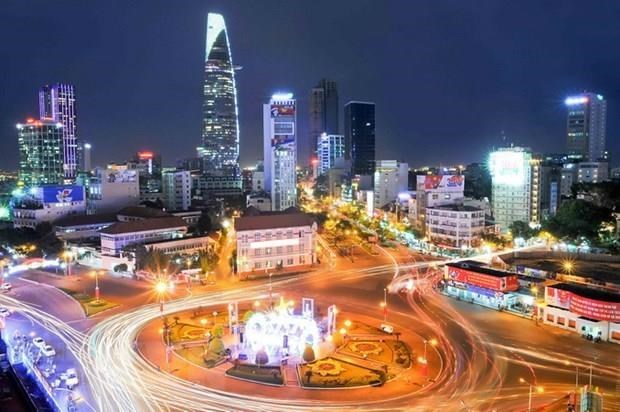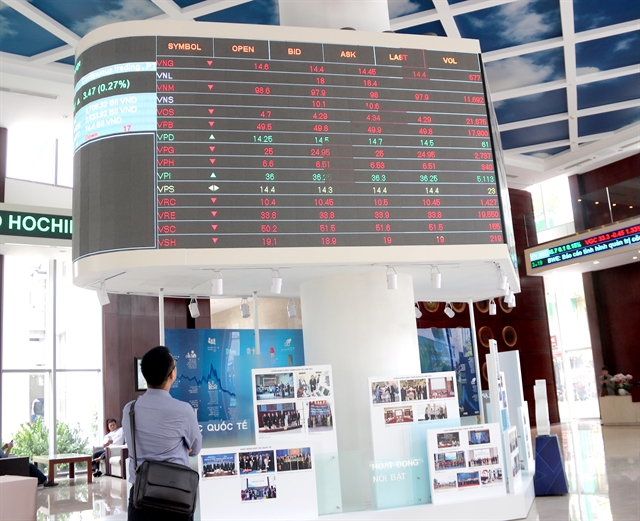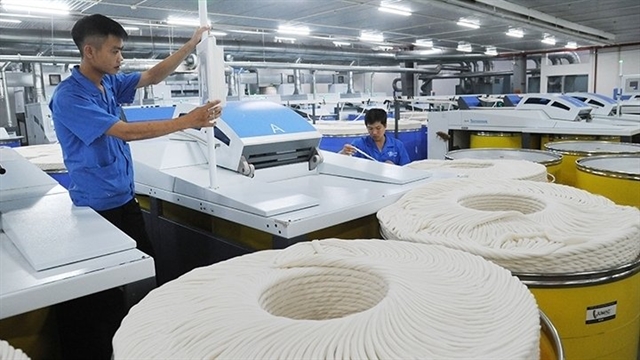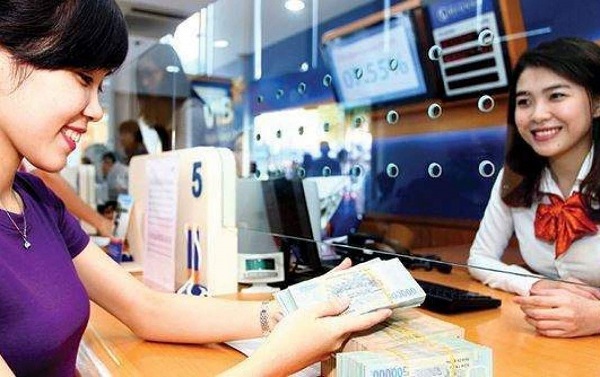
Compiled by Thiên Lý
Nguyễn Xuân Dương, chairman of Hưng Yên Garment Corporation, said his company expects its turnover to increase by 5-10 per cent this year, a higher rate than before the COVID-19 pandemic broke out.
It has received orders for until July, he revealed.
Dương’s is just one of many companies in a number of industries in Việt Nam and the world experiencing a strong recovery as the COVID-19 pandemic is hoped to be controlled in many countries thanks to vaccines.
This led to a sharp increase in demand for bank credit to import raw materials, pay salaries and expand production, Dương said.
SeAbank, for instance, said loans outstanding grew by 14.3 per cent year-on-year in the first quarter to VNĐ111.05 trillion.
Vietcombank chairman Nghiêm Xuân Thành said his bank achieved credit growth of 3.69 per cent, its highest rate in several years.
Nguyễn Hoàng Linh, general director of MSB, said his bank’s credit growth was 9 per cent.
According to data released by the General Statistics Office, as of March 19 overall banking credit was up 1.47 per cent, 2.16 times the rate a year earlier.
Because of the rapid credit growth in recent months, the managements of several banks believe growth for the full year is likely to top 14 per cent, much higher than the central bank’s estimations of 7-8 per cent or10 -12 per cent.
Analysts attribute this possibility to businesses’ expectation of a strong economic recovery this year and keenness therefore to step up their activities.
Besides, lenders have achieved digital transformation and reduced deposit interest rates, which have helped them significantly cut costs and cost of funds, thus enabling them to lend at low interest rates.
Credit growth expansion
To fully tap the opportunities created by the economic recovery and expand lending, banks want the central bank to soon enlarge credit quotas.
Nguyễn Đình Tùng of OCB said liquidity in the banking system was so plentiful that lenders had had to reduce deposit mobilization by cutting interest rates.
They want to pump the money into the economy as soon as possible and several have already tabled ambitious credit growth targets at their annual general meeting this year for shareholders’ approval.
Notably, some are twice, thrice or even four times the quotas they have been allocated by the central bank.
Vietcombank for instance expects to have its credit growth quota adjusted upward from 10.5 per cent to 14 per cent.
VIB was allotted a quota of 8.5 per cent but its shareholders approved a target of 31 per cent.
Its chairman, Đăng Khắc Vỹ, said he believed the new target would be approved by the State Bank of Việt Nam since it was always ready to adjust credit growth limits based on market developments.
Analysts agreed with him, saying the central bank’s allocation is aimed at both ensuring there is adequate credit to serve the economy’s needs and controlling the quality of credit, thus precluding bad debts.
It also assigns the annual credit growth quota for each bank by taking into account the macro picture of the entire banking system and money supply and inflation targets set by the Government.
Banks have got used to the central bank’s flexibility in fixing the quotas based on their credit quality and ability to achieve credit growth and the economy’s funding requirements.
Economist Dr Lê Xuân Nghĩa said it was time for the central bank to think of removing the credit quotas since they pose obstacles to businesses including the banks themselves.
Retail sales recover
According to a recent report by the General Statistics Office (GSO), revenues from retail sales and services in the first quarter of the year were over VNĐ1,291 trillion (US$56 million), a year on year increase of 5.1 per cent.
In March they rose 9.2 per cent to VNĐ322.8 trillion following an 8.2 per cent increase the previous month.
This marked the 10th straight month of growth in retail trade and the fastest pace in three months amid strengthening consumption as the economy recovered further from the COVID-19 shocks in the first quarter.
Sales were up in most categories compared to a year ago. Even the travel category saw somewhat of an improvement, falling by only 34.6 per cent as against 60.8 per cent.
As a result, retail sales made up the bulk of total trade and service revenues at more than VNĐ1,033 trillion, or 80.1 per cent, up 6.8 per cent.
Revenues from accommodation and catering services were worth VNĐ124 trillion, down 3 per cent. Revenues from other services were estimated at VNĐ130.8 trillion, up 3.9 per cent.
Income from tourism was only VNĐ3.1 trillion, down 60.1 per cent.
Analysts said the retail segment had begun to recover since the COVID-19 pandemic was brought under control, becoming one of the strong areas of the economy.
Last year too the retail market had achieved good growth because of the Government’s quick control of the pandemic.
The GSO said retail sales of goods had been worth nearly VNĐ4 quadrillion ($172.8 billion), 6.8 per cent up from 2019.
The retail market had maintained double-digit growth for five years before 2020, and is all set to reach $200 billion in the next two years if its growth continues.
According to the Ministry of Industry and Trade, retail sales of goods and services registered high growth in Hải Phòng, Cần Thơ, Hà Nội, Đà Nẵng, and Đồng Nai. — VNS

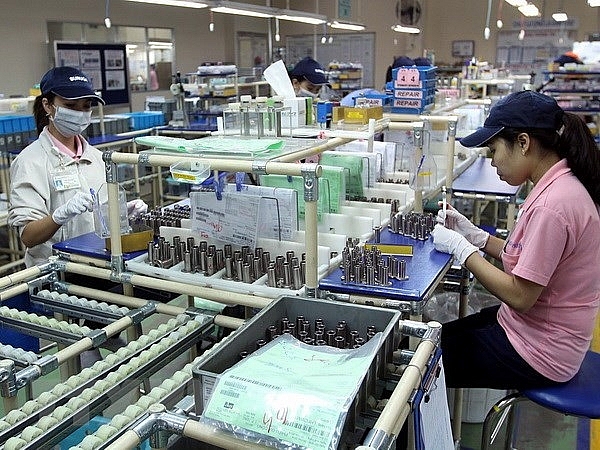
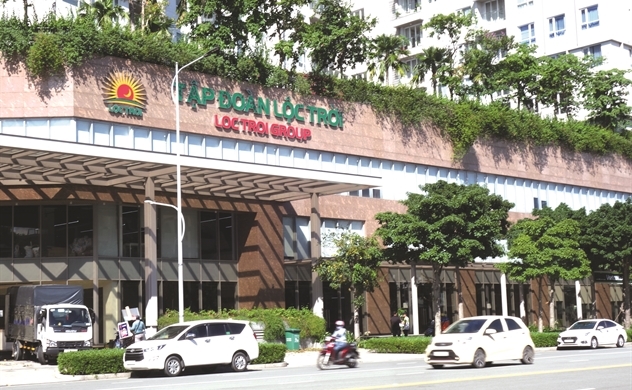
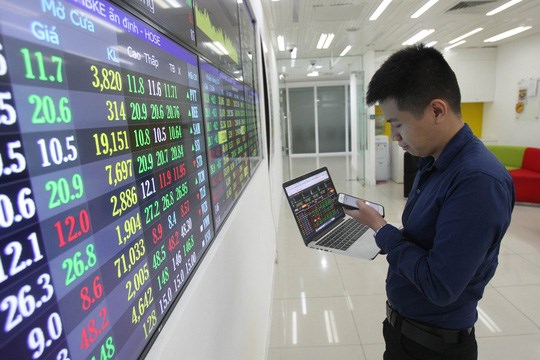
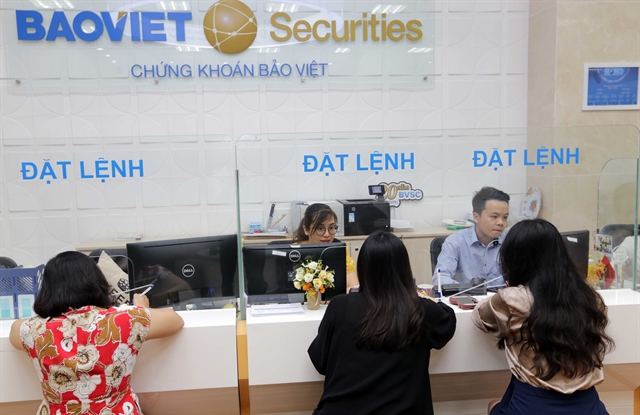
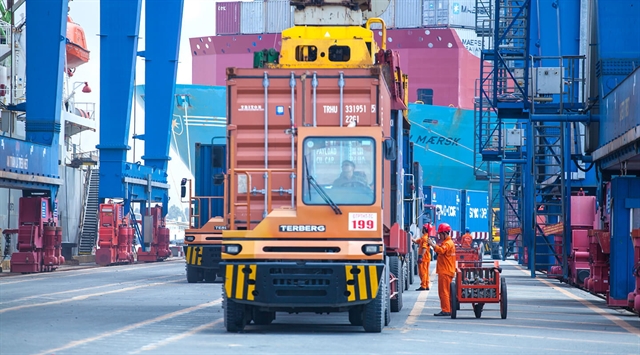





 (2).jpg)



